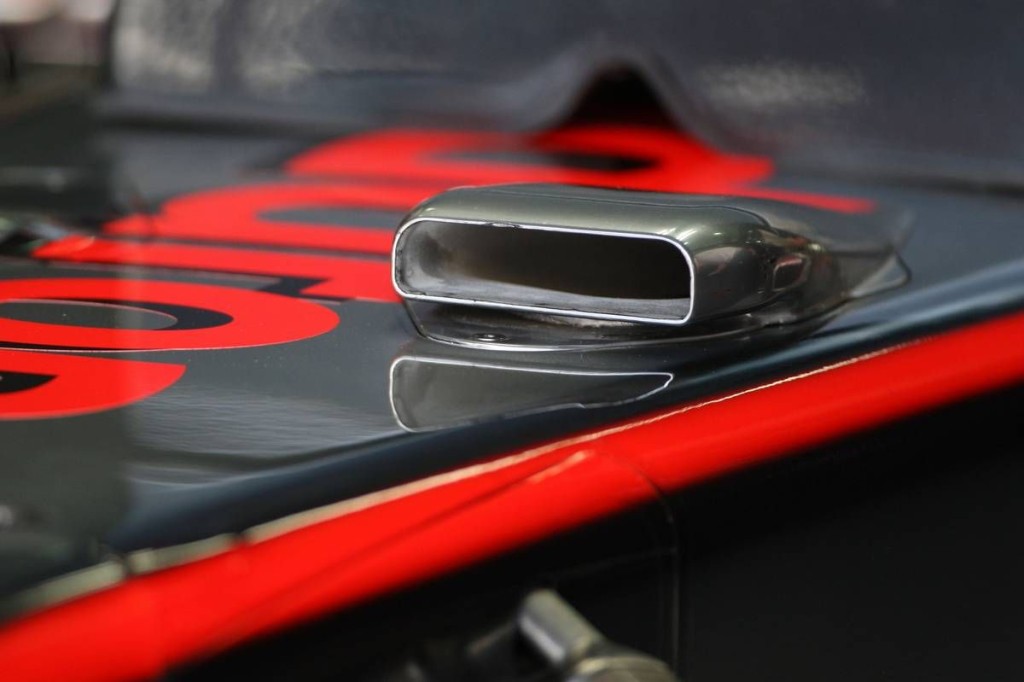Mercedes’ innovative DAS system will only be around for a single year after it was discovered the FIA had already banned such devices from 2021.
The Brackley-based team was the talk of the Formula 1 paddock on Thursday when they debuted the Dual-Axis Steering system, which controls the toe angle of the front wheels when the driver pull the steering wheel towards him on the straights.
Despite questions of legality, DAS can be permitted because only the steering angle of two wheels is changed through the device.
Also, the governing body also considers it independent from the suspension, therefore it doesn’t contravene the regulation which states the suspension system cannot be adjusted while the car is in motion.
When the DAS story first broke, Mercedes were quick to note their confidence in its legality because they had worked with the FIA to ensure it met with the regulations.
And that has been proven by a new provision, Article 10.5.2, in the 2021 rules, released last October, which now declares the angle of the steered wheels can only be determined by rotating the steering wheel, prohibiting the pull and pushing of the steering column.
“The re-alignment of the steered wheels, as defined by the position of the inboard attachment of the relevant suspensions members that remain a fixed distance from each other, must be uniquely defined by a monotonic function of the rotational position of a single steering wheel,” the exact reading says.
Also Read:
- Red Bull questions Mercedes’ ‘DAS’ but Vettel & the FIA happy for now
- Vettel: New Ferrari a ‘step up’ and Mercedes’ DAS not ‘the ticket to win’
With no safety concerns, it is impossible for the FIA to retrospectively ban the DAS without the unanimous support of all teams, although Ferrari has requested clarification, it’s now been confirmed.
But unless it can be proven to be illegal, the question is whether other teams feel the need to copy what Mercedes has done.
“It looks like a clever bit of ingenuity,” said Racing Point boss Otmar Szafnauer. “And I’m sure everyone now will see how quickly we can get it on.
“[But] it depends on the effort and the benefit. So if it’s a huge effort for little benefit, probably not because we have limited resource, but if it’s a small effort for a big benefit, then probably yes.

“I remember in the McLaren F-duct days it was a bit of a ruse to get everyone else [to follow] because McLaren had spent so much time and effort developing it that they thought it was not an easy thing to do.
“And thought, well let them spend all their time and effort during the season developing this, which means they won’t be developing something else.
“So there is that question too and again, I think it comes back to benefit versus effort. So if the effort is too big for a benefit that isn’t there, then you should be spending your limited resource on something that gives you a bigger benefit.”

